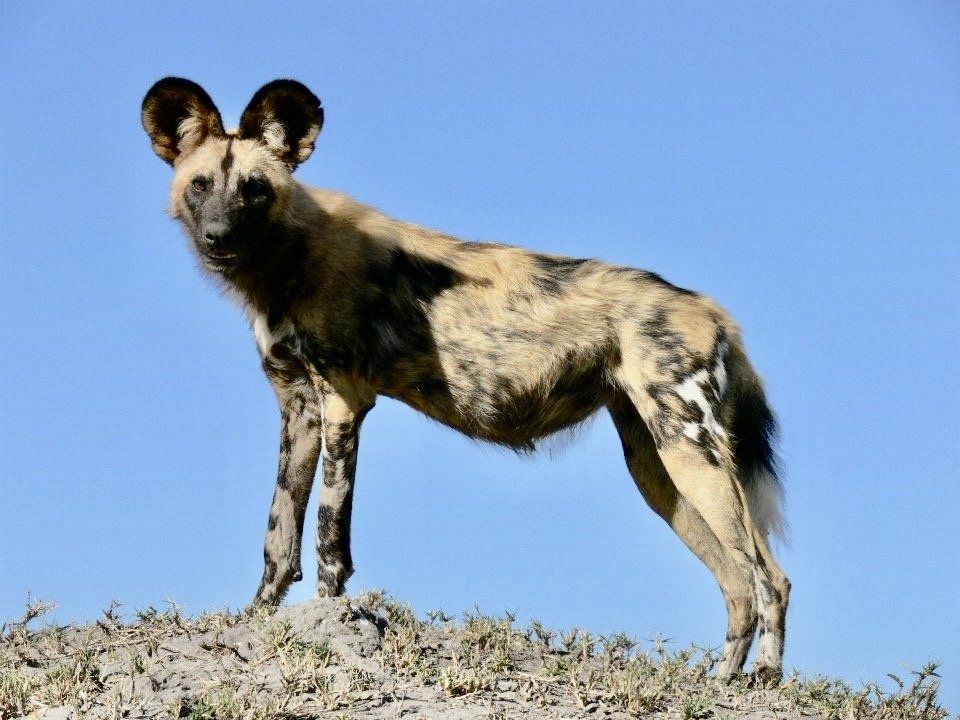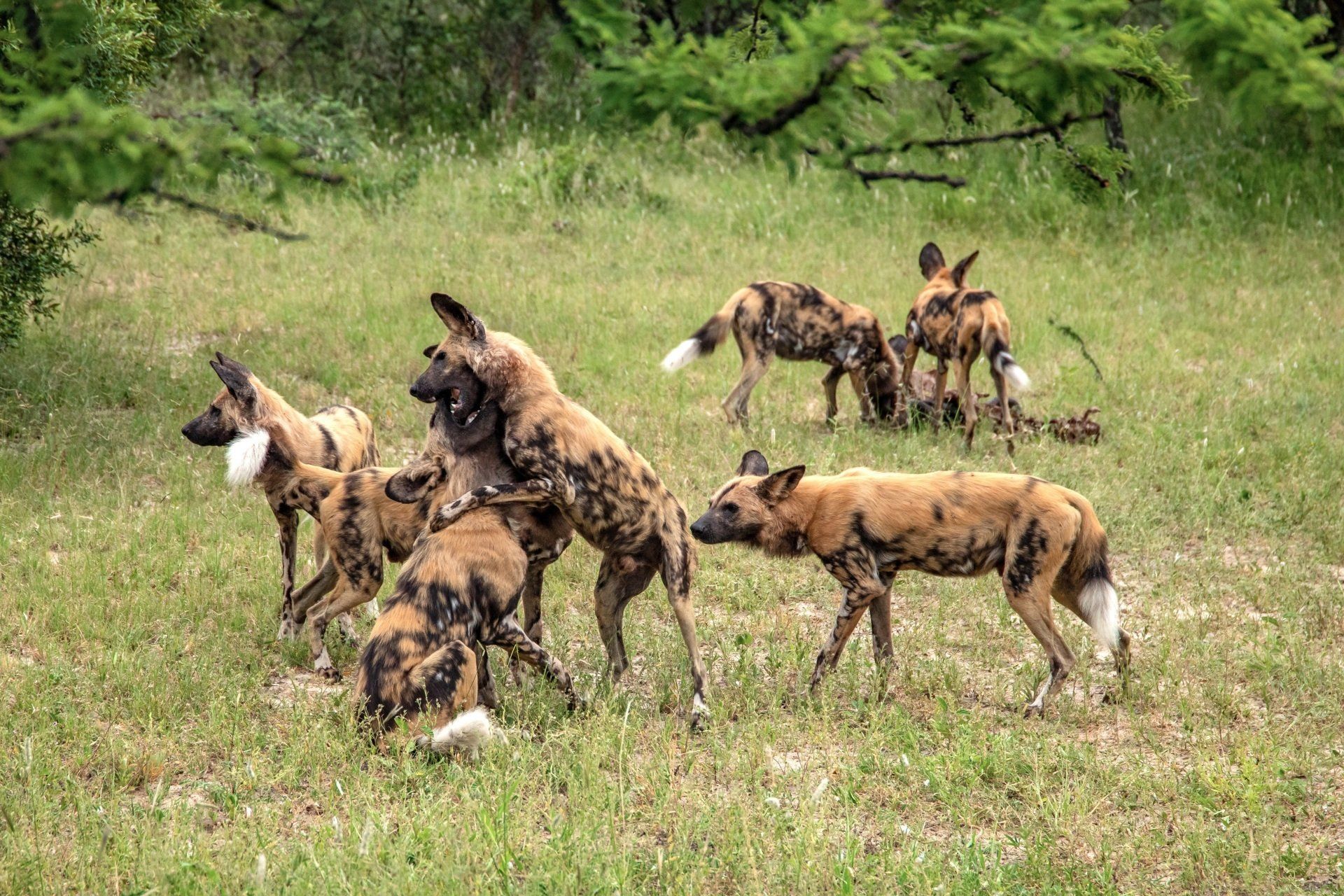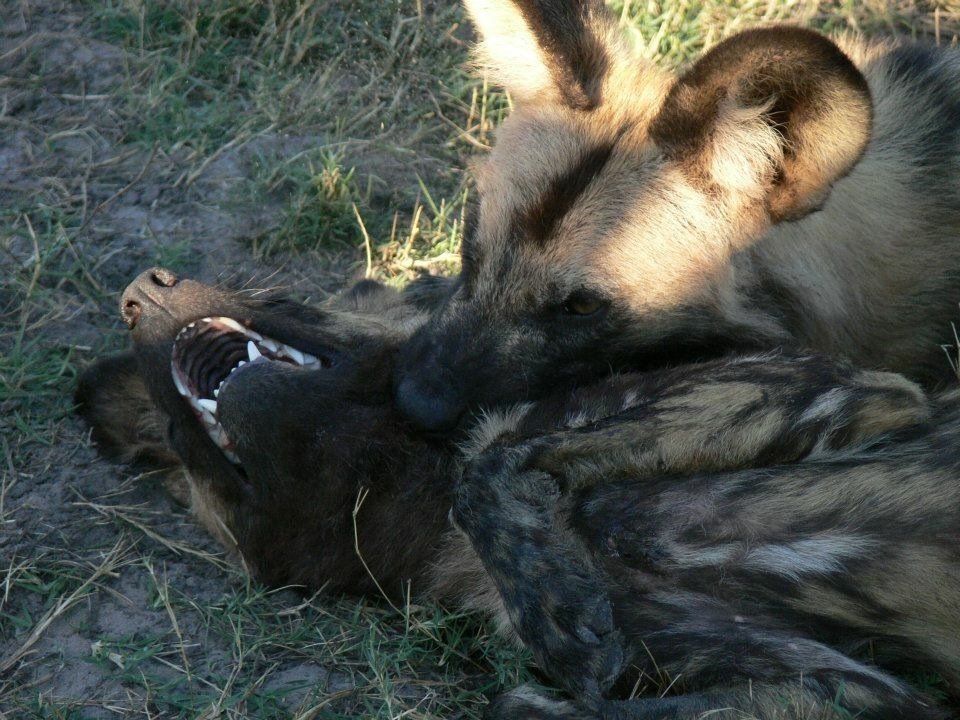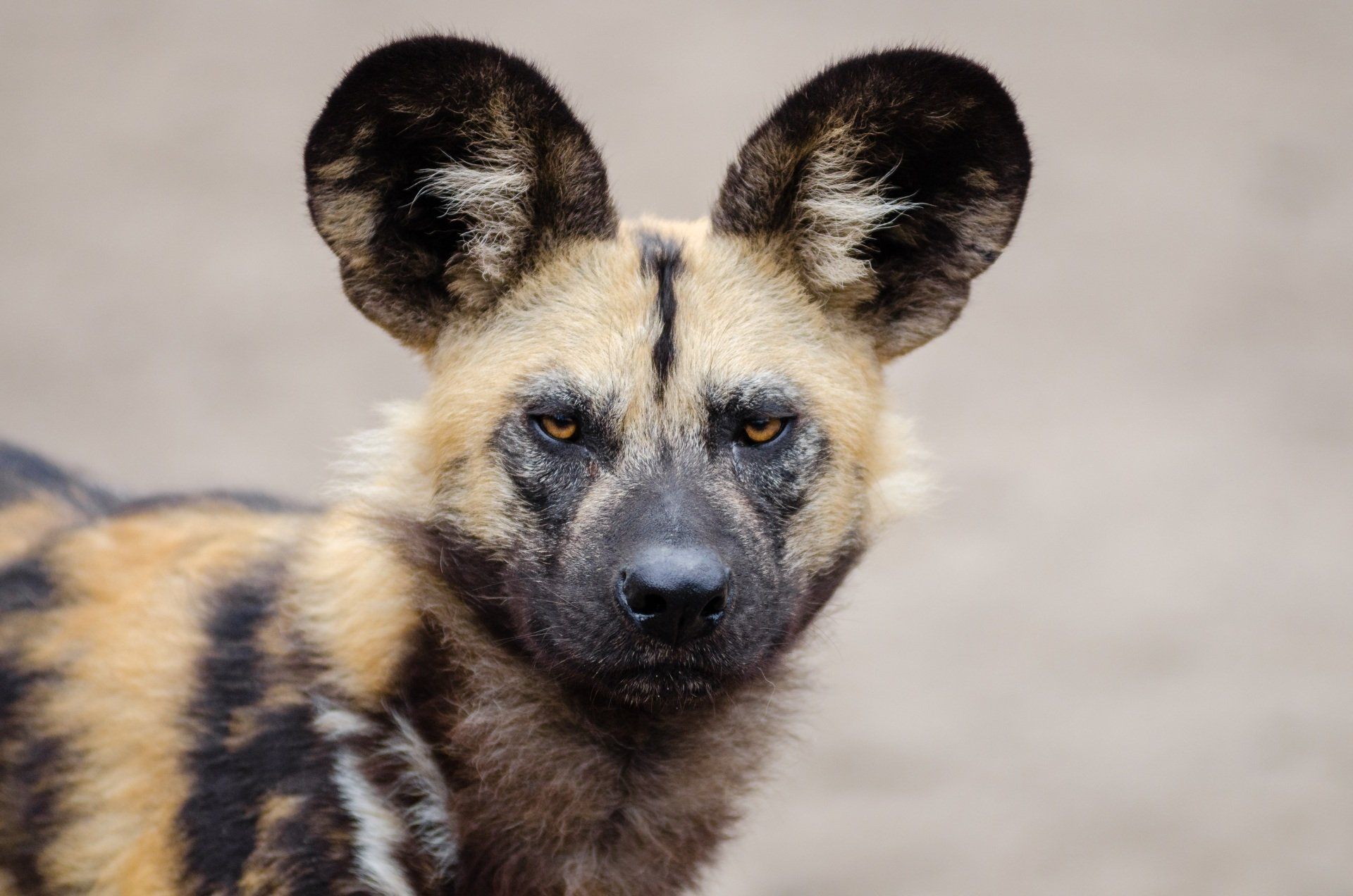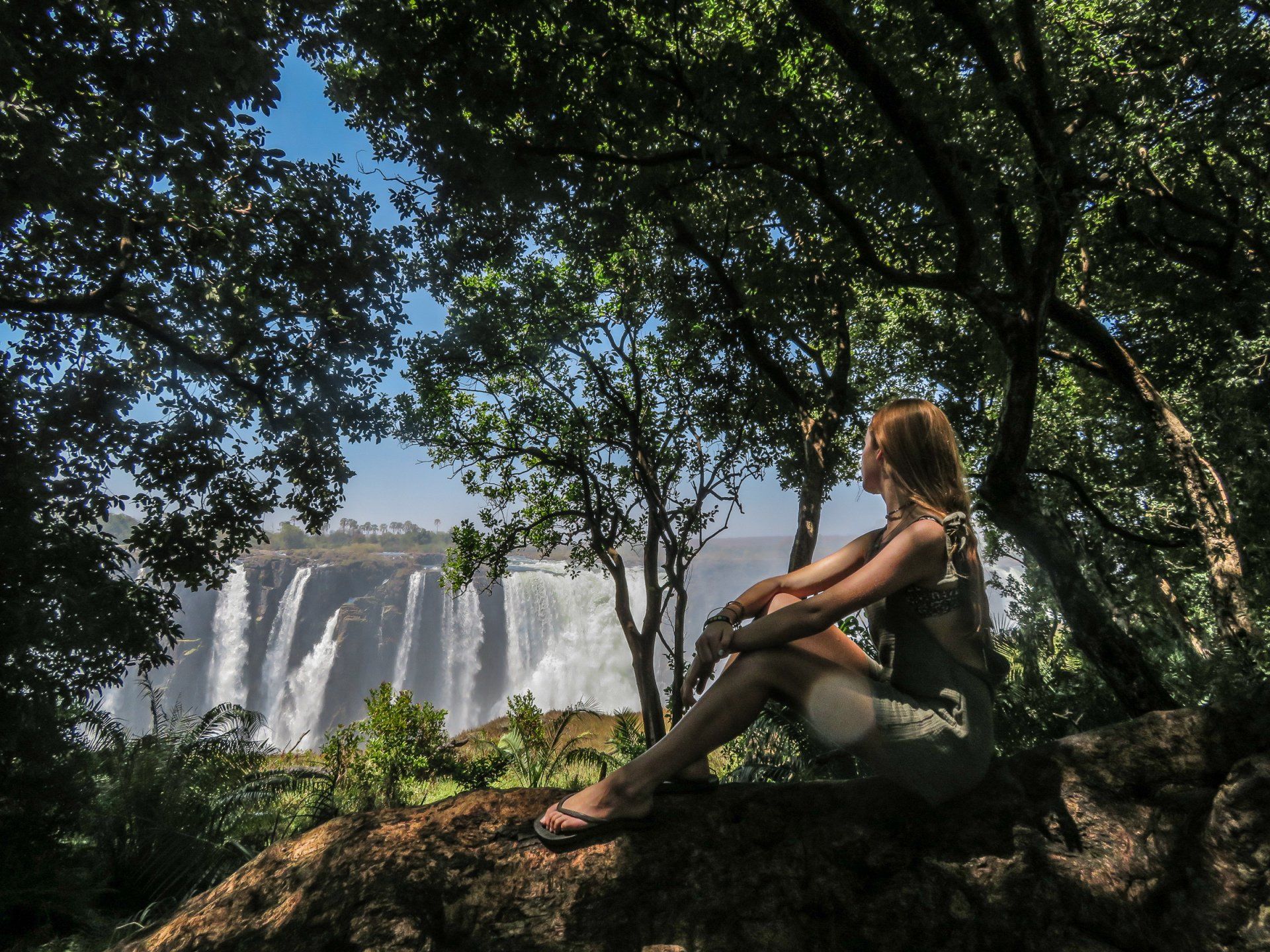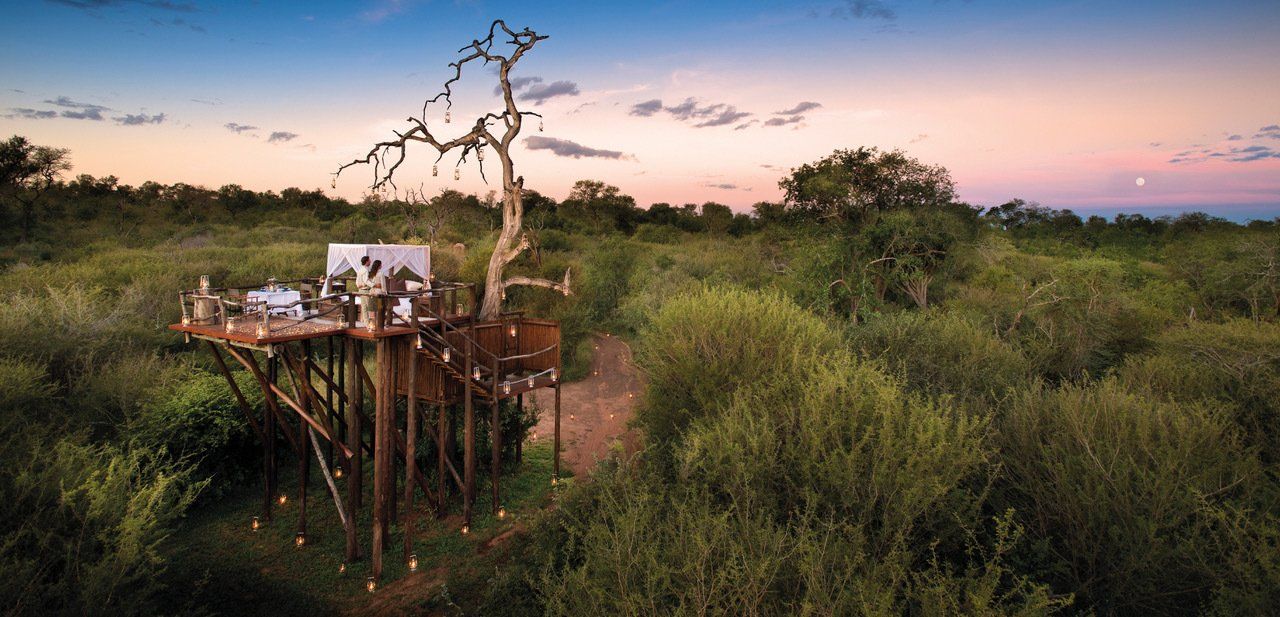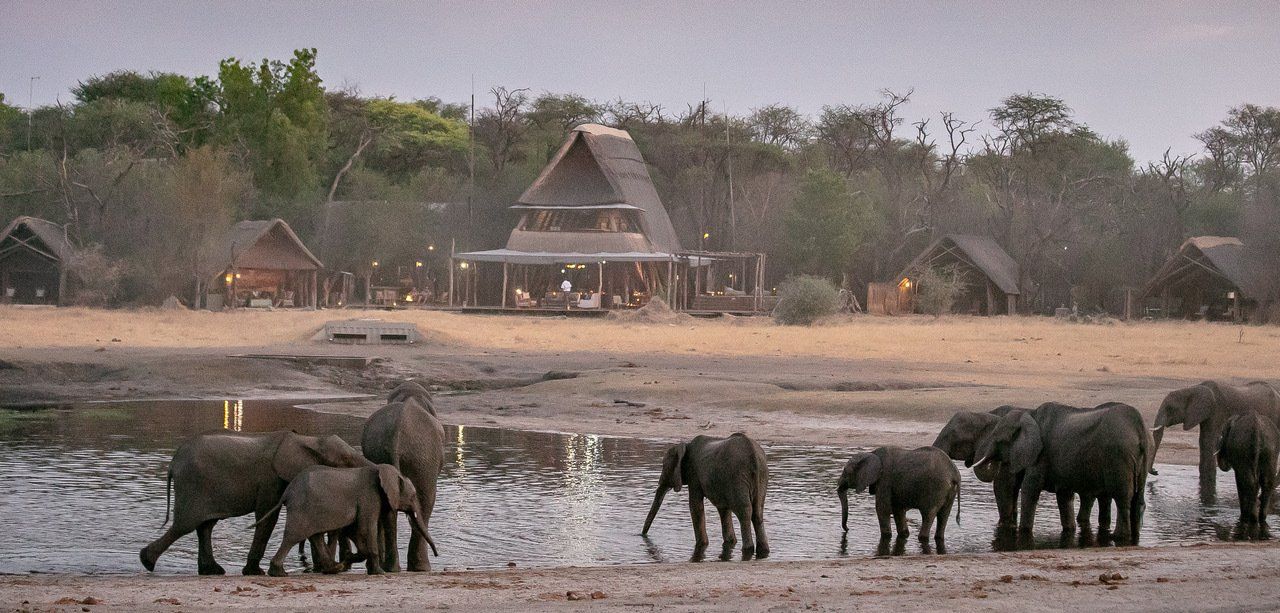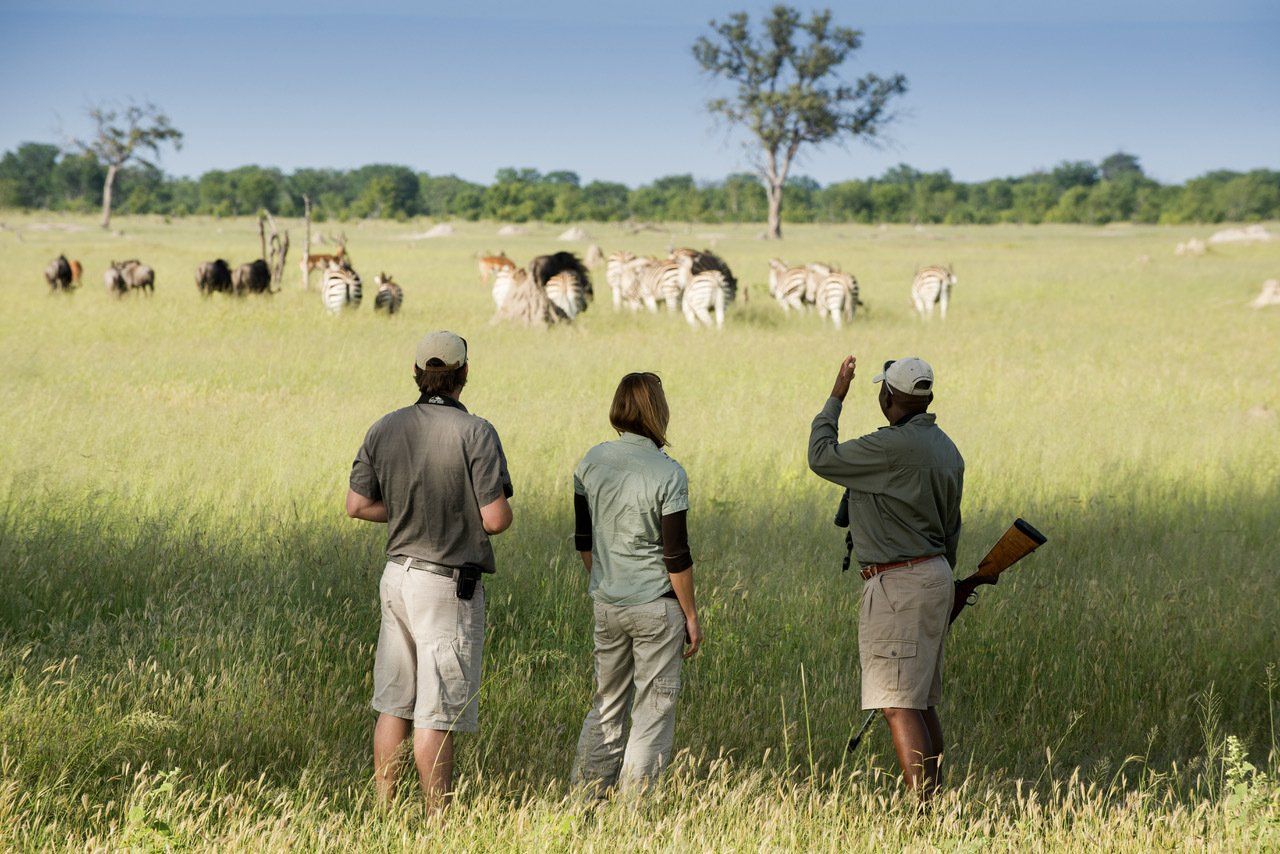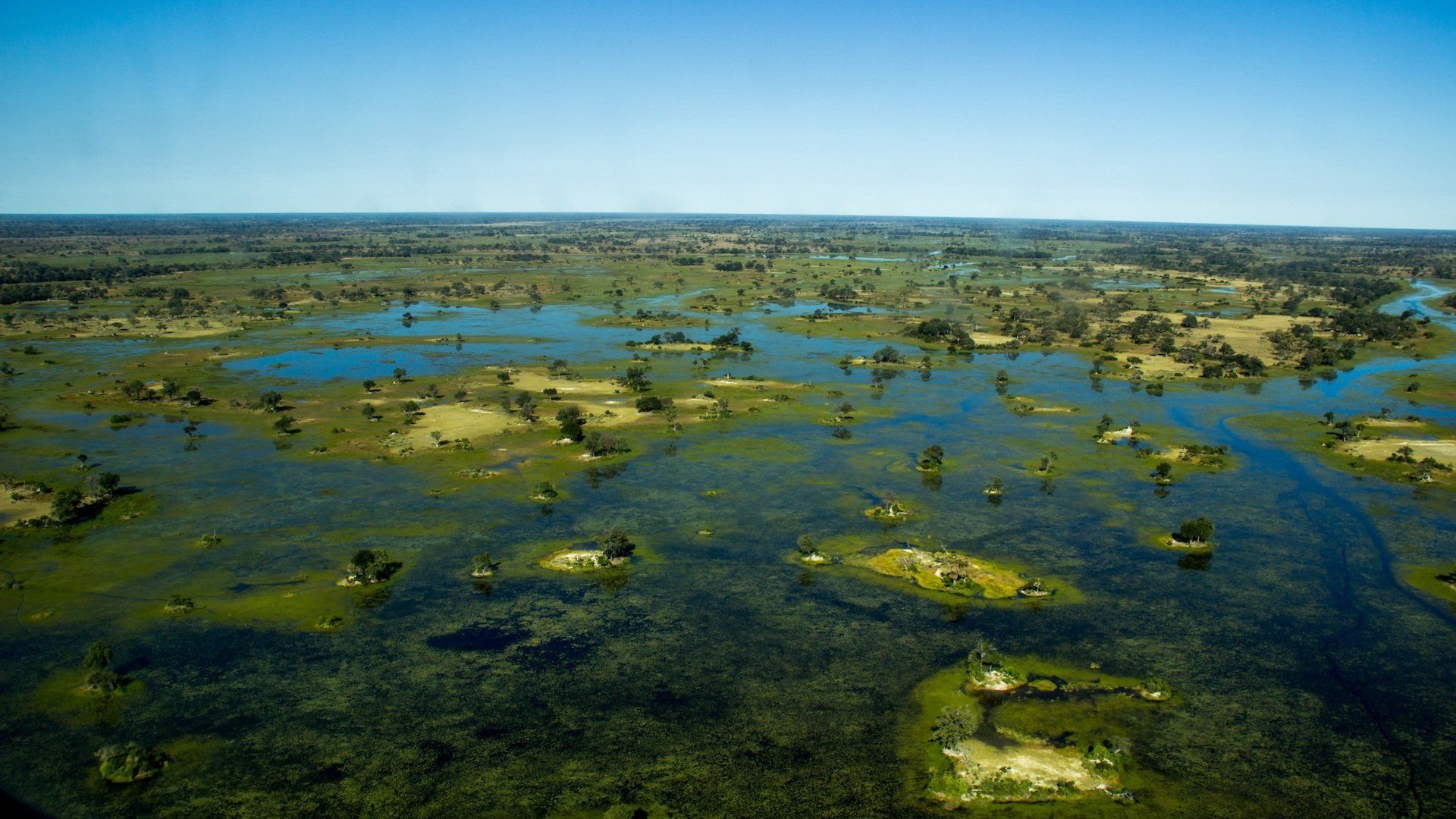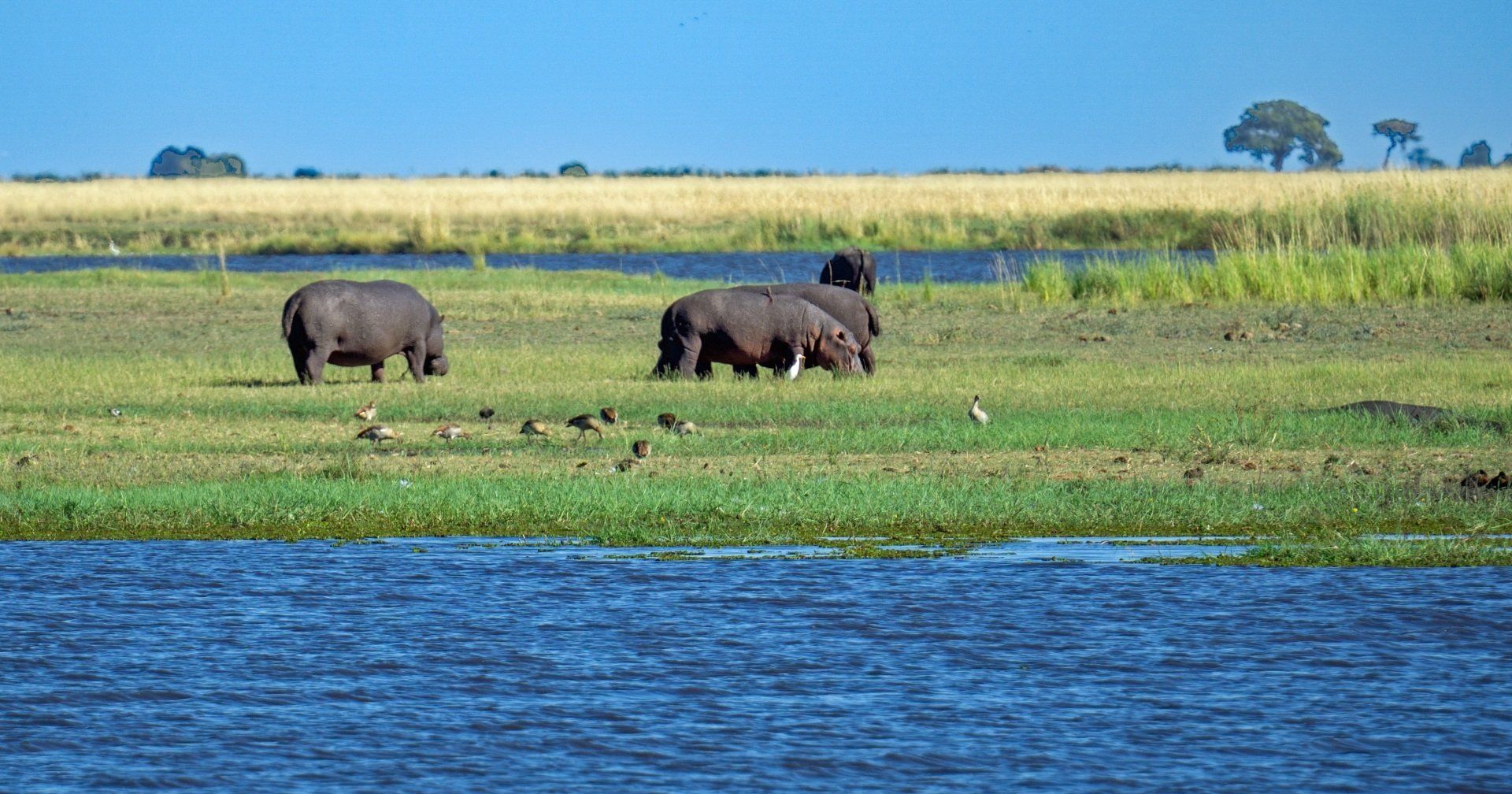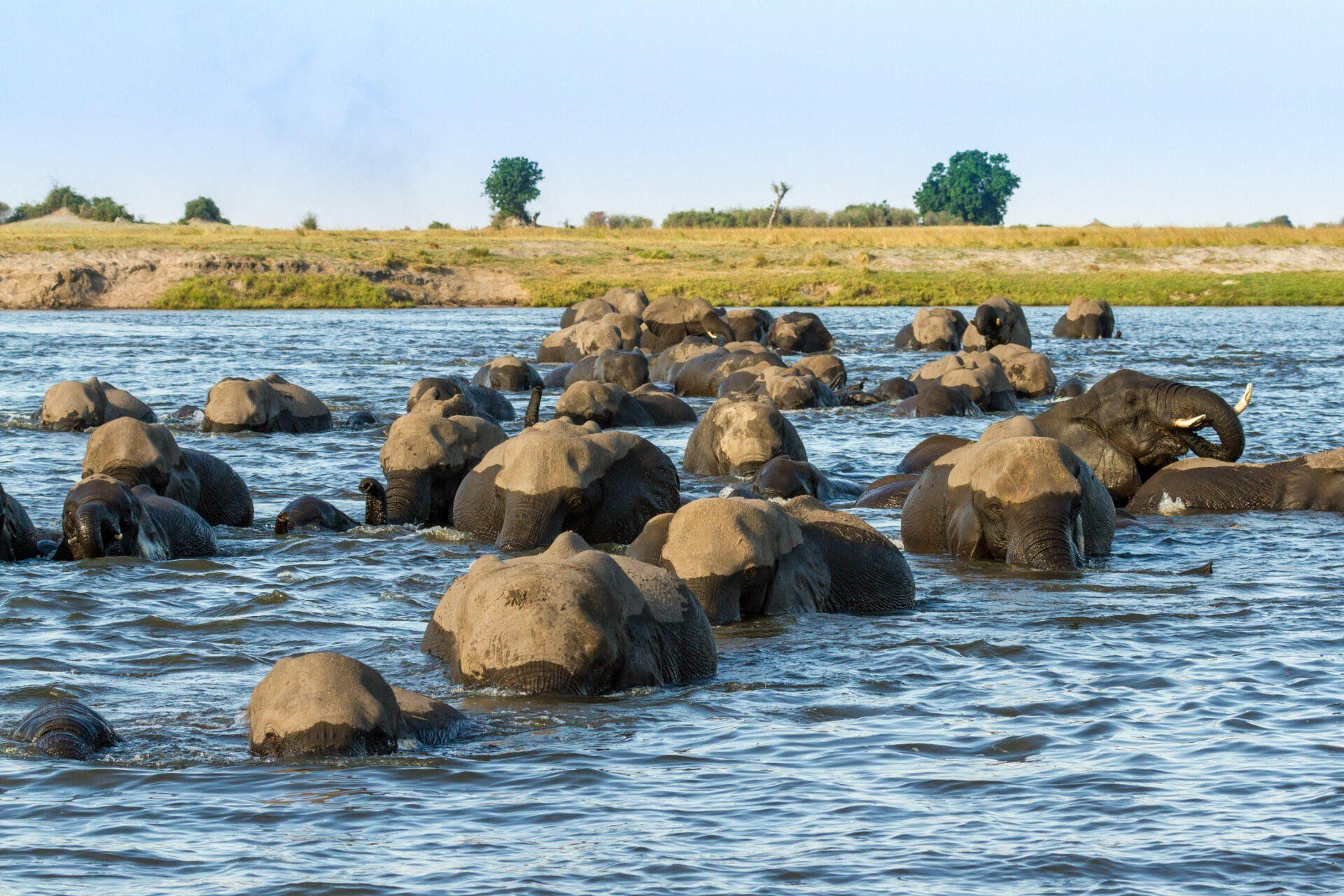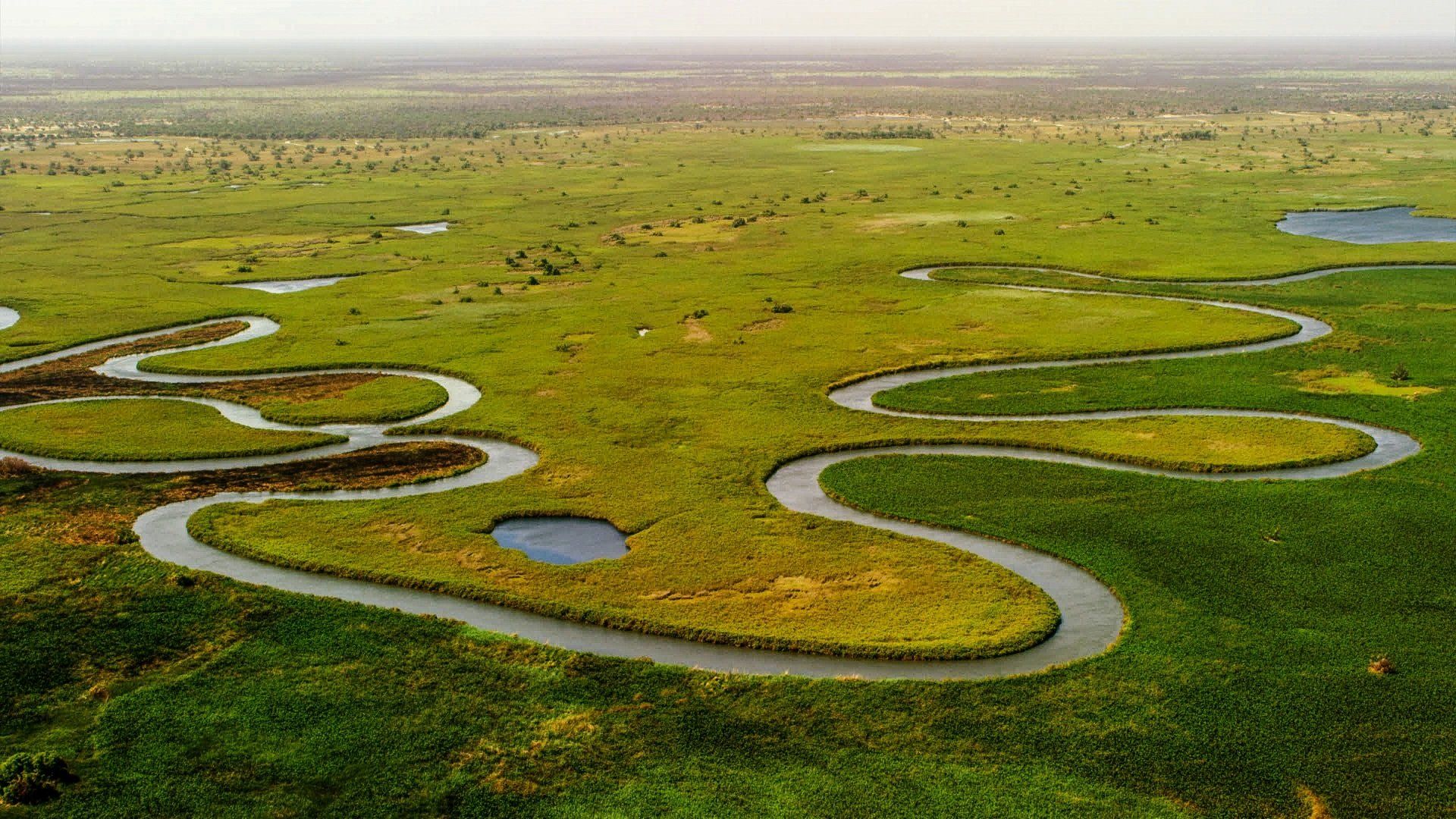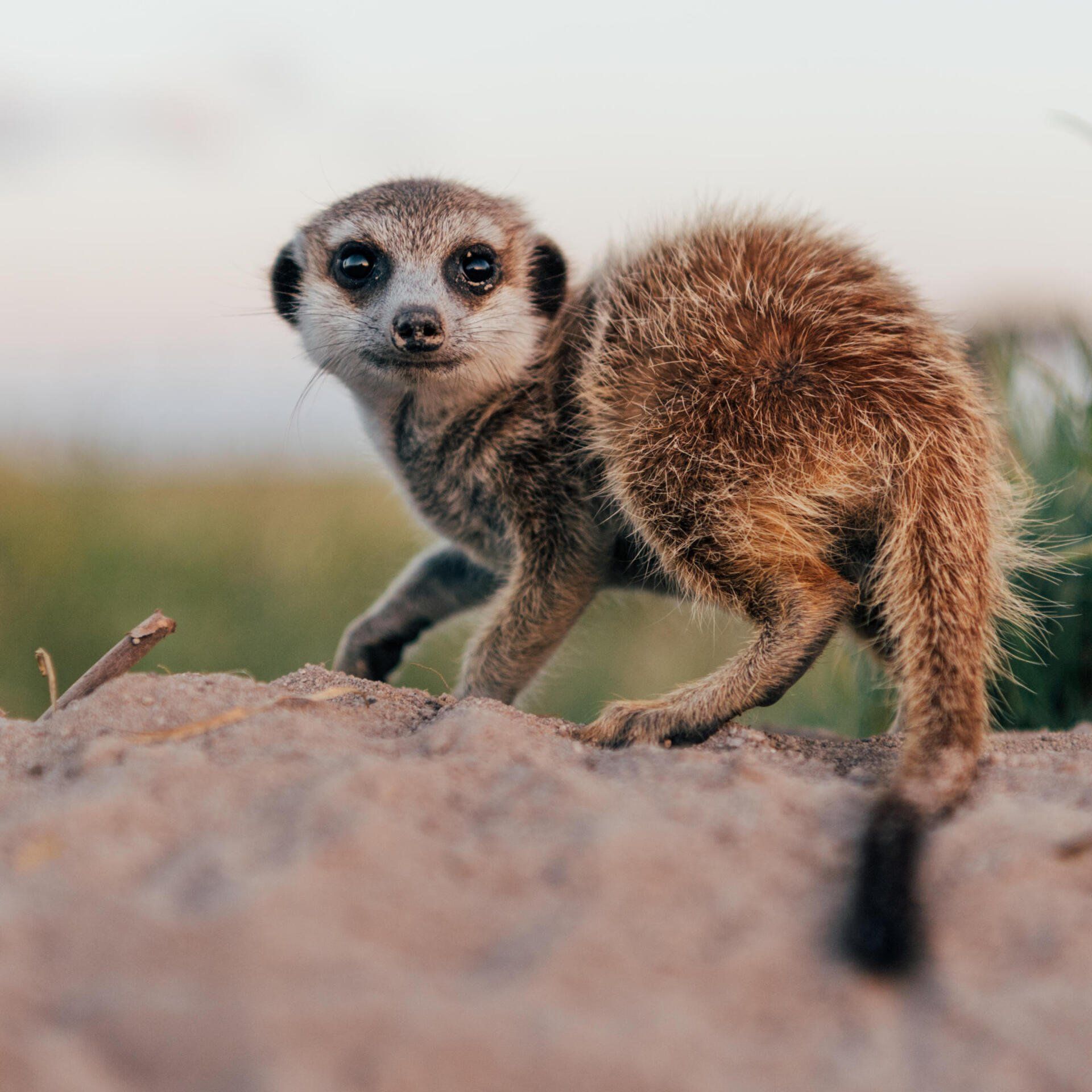More than a dog, not quite a wolf...
The painted wolf is Africa's most successful hunter
Meet the painted wolf - Lycaon pictus - otherwise known as the African wild dog. This incredible animal has been persecuted for years by stock farmers and is the second-most critically endangered of all of Africa's carnivores, after the Ethiopian wolf.
It's easy to see where they get their name from. Their coats are incredible with each possessing a completely unique arrangement of spots and mottled markings, rather like a fingerprint. With their large, rounded ears giving them exceptional hearing and an accute sense of smell, they can stay in touch with other members of their pack over long distances.
Much misunderstood, the painted wolf plays a critical role in the ecosystems they are found in. Although part of the canine family, in evolutionary terms they are more closely related to the wolf than the domestic dog. Like their northern hemisphere cousin, the grey wolf, their presence helps to regulate prey species and to shape landscapes (lower numbers of prey species like antelopes equals less impact on vegetation) and with the highest kill rate of all of Africa's predator species they are by far the most successful hunters.
Painted wolf packs range over huge distances - as much as 1500km - and can number as many as 30 individuals, being ruled by a dominant, alpha pair with only the alpha female usually breeding and producing pups. It's a fascinating and intricate social system that sees the pack effectively look after the alpha male and female, with a beta pair waiting to step in if the alphas are killed. The pack actively looks after its sick and old, demonstrating amazing bonds that last entire lifetimes.
Painted wolf hierarchy is also a strict one that drives potential new alphas and betas off to form new packs of their own. Most of the time the mature males stay with their natal pack while females leave to join new packs. They breed seasonally with pups born in the dry winter months when hunting conditions are at their best.
The list of prey species hunted by painted wolves is extensive. From scrub hares and warthogs to larger prey species like impala and kudu, they have even been known to hunt buffalo, focussing on young and weak animals as well as calves. Their intelligence is legendary, as is their endurance and they are known for their complex hunting strategies in which members of the pack will split off to outflank their prey.
Because of their enormous range, seeing painted wolves in the wild is an absolute privilege. Imagine an area the size of Johannesburg, Soweto and Pretoria combined. This huge area would only be able to support only one or two packs of painted wolves!
It's because of this huge range and the painted wolf's need for space that the loss of habitat is so concerning and by far the greatest threat facing the species across Africa. It's therefore essential that we help to conserve and protect remaining wilderness areas and create protected corridors between them to encourage these amazing creatures to expand their territories.
Some of the best places to see painted wolves in Southern Africa are in the northern areas of Botswana, around the Linyanti and Savute regions, as well as the Okavango Delta, and the Greater Kruger National Park in South Africa, around the Timbavati/Klaserie/Sabi Sand private game reserves as well as in Madikwe Game Reserve in South Africa's North West province.



